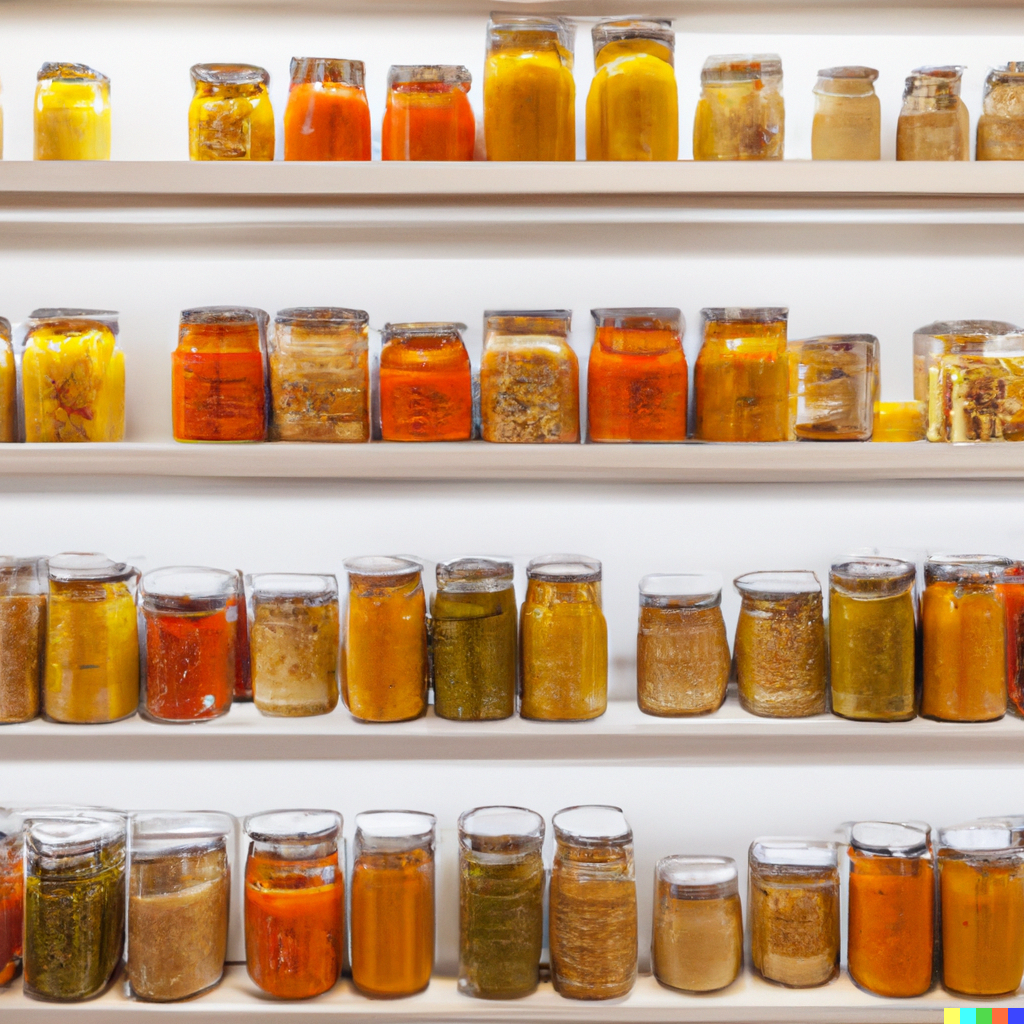The Ultimate Guide to Keep Fish and Seafood Fresh
Fish and seafood are nutrient-dense, flavorful proteins that require careful handling to ensure freshness and food safety. Proper storage is crucial to prevent spoilage and preserve quality. Knowing how long fish and seafood last—and the best ways to store them—helps you enjoy delicious, safe meals every time.
Shelf Life of Fish and Seafood
At Room Temperature (Raw or Cooked):
- Raw Fish and Seafood: 1-2 hours (discard if left out longer)
- Cooked Fish and Seafood: 2 hours (1 hour if above 90°F/32°C)
In the Refrigerator:
- Raw Fish (whole or fillets): 1-2 days
- Raw Shellfish (shrimp, scallops, squid): 1-2 days
- Cooked Fish and Seafood: 3-4 days
- Smoked Fish: 2 weeks (unopened), 1 week (after opening)
- Live Shellfish (clams, mussels, oysters): 1-2 days
In the Freezer:
- Raw Fish (whole or fillets): 3-8 months
- Fatty Fish (salmon, mackerel, tuna): 3 months
- Lean Fish (cod, haddock): 6-8 months
- Shellfish (shrimp, scallops, squid): 3-6 months
- Cooked Fish and Seafood: 2-3 months
- Live Shellfish (shucked): 3 months
Best Practices for Storing Fish and Seafood
- Refrigerate Immediately – Store raw fish and seafood at 32°F to 38°F (0°C to 3°C). Use a shallow dish of ice in the refrigerator to keep fish cold longer.
- Freeze for Long-Term Storage – Wrap fish tightly in plastic wrap, freezer paper, or vacuum-sealed bags to prevent freezer burn.
- Use Airtight Containers – Store cooked fish and seafood in airtight containers to retain moisture and flavor.
- Keep Shellfish Cool – Store live shellfish in a breathable bag, covered with a damp cloth in the refrigerator. Never store in airtight containers, as shellfish need air.
- Label and Date – Mark storage bags with the date to track freshness and ensure the fish is used within safe timeframes.
- Thaw Properly – Thaw fish and seafood in the refrigerator or under cold water. Avoid thawing at room temperature to prevent bacterial growth.
Signs Fish and Seafood Are Going Bad
- Slimy or Sticky Surface – A slimy texture indicates spoilage.
- Strong or Ammonia-Like Odor – Fresh fish has a mild, ocean-like smell. Any strong, sour, or ammonia-like odor means the fish is spoiled.
- Discoloration – Gray, yellow, or dark patches are signs of deterioration.
- Cloudy Eyes (for whole fish) – Clear, bright eyes indicate freshness, while cloudy or sunken eyes suggest spoilage.
- Shellfish That Don’t Close – Live clams, mussels, or oysters that don’t close when tapped should be discarded.
How to Use Fish and Seafood Before It Spoils
- Grilled Fish Fillets
- Seafood Pasta or Paella
- Fish Tacos with Fresh Salsa
- Seafood Chowder or Stew
- Shrimp and Garlic Stir-Fry
By properly storing fish and seafood, you can maximize shelf life, reduce food waste, and ensure meals are safe and delicious. Whether grilling salmon, steaming mussels, or freezing shrimp for later, these tips will keep your seafood fresh and ready for any recipe.
